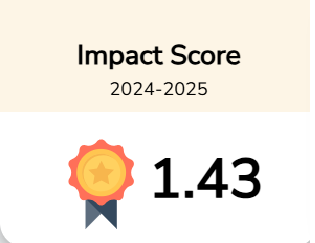Effect of Constructivist Instrumental Four-Step Approach on the Achievement and Retention in Pattern Drafting by Nigerian Certificate in Education Home Economics Students in South-South Zone, Nigeria
Downloads
This study was designed to determine the effect of constructivist instructional four-step approach on the achievement and retention in pattern drafting by Nigeria Certificate in Education Home Economics students in south-south zone, Nigeria. The study adopted a quasi-experimental research design which involved groups of students in their intact classes assigned to experimental and control groups respectively. The population for the study was 333 year-one students of all the colleges of education in the six (6) states in south-south Nigeria, out of which 118 students were purposely sampled and used for the study. Five research questions and four null hypotheses, tested at 0.05 level of significance guided the study. The instruments used for data collection were Pattern Drafting Cognitive Test (PDCT), Pattern Drafting Psychomotor Test (PDPT). The instruments; PDCT, PDPT were validated to ensure face and content validity. The instruments were trial-tested to determine the psychometric indices, namely; internal consistency of the items and coefficient of stability. The data collected were analyzed using mean and standard deviation to answer the research questions. Null hypothesis were tested using analysis of covariance (ANCOVA) at 0.05 level of significance. The study revealed that the constructivist instructional four-step approach was more effective in improving students’ academic achievement and retention of learning.





